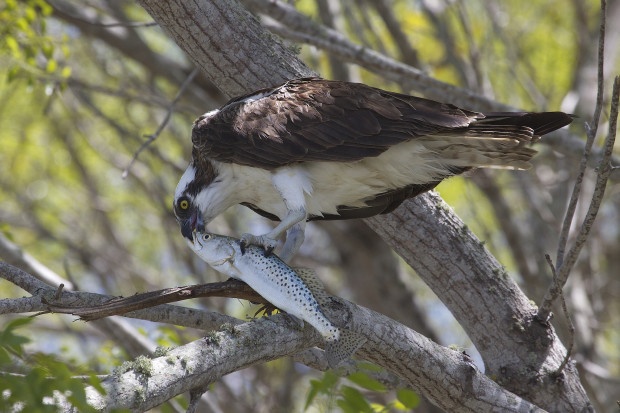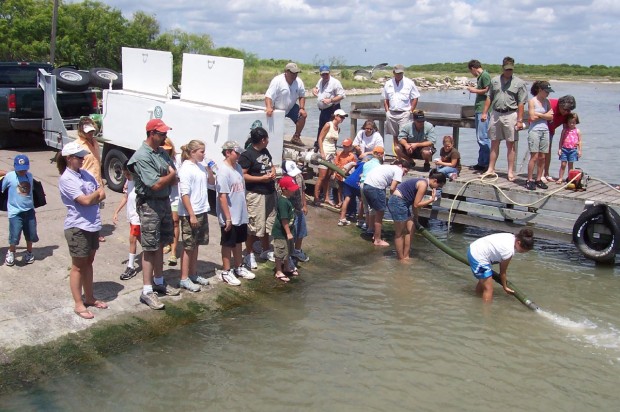We have much more to do and your continued support is needed now more than ever.
Hatchery-raised Fish Cause Concern, Raise Need for More Research
A new study, recently released in the journal Aquaculture, highlights concerns that hatchery-raised trout appear to be slower than wild trout, making them more susceptible to predation once released.

Scientists from Washington University have compared hatchery-raised and wild trout in an attempt to explore concerns that “domestication selection,” or the tendency for hatchery-raised fish to grow larger more quickly might unintentionally result in slowed swim speed, and thus a potential for increased mortality. Significant differences in size and swim performance were measured between more-domesticated and less-domesticated lines, with more-domesticated lines being larger and slower.
These results raise concerns around survival and reproduction of hatchery-raised fish in the wild. Kristy Bellinger, doctoral student and research lead, told OutdoorHub:
“Fish managers want the biggest bang for their buck. But if increased size is a tradeoff of sprint speed, as our data show, then we assume hatchery fish are being picked off by predators due to their slower speed, which makes the process of supplementing native fish with hatchery fish an inefficient tool for conservation and a waste of money.”
Another related study from the University of East Anglia in the UK raises additional concerns around hatchery-raised fish and the potential for them to pass along negative genes to wild population. For example, farmed Atlantic salmon can pose a particular threat to biodiversity, as they can escape in large numbers and disrupt wild gene pools.
Matt Gage, lead researcher on the study, provided the following insight to Outdoorhub:
“Around 95% of all salmon in existence are farmed, and domestication has made them very different to wild populations, each of which is locally adapted to its own river system. Anglers and conservationists are worried they could disrupt locally-adapted traits like timing of return, adult body size and disease resistance.”
The study’s results identify “a clear threat of farm salmon with wild fish” and make several recommendations for reducing such risks, including sterilization.
But is increased mortality of hatchery-raised fish necessarily a bad thing? In theory, it could translate into reduced mortality of wild-caught fish, thus reducing predation pressures on natural stocks, and potentially allow for enhanced recovery of wild stocks.
Furthermore, quantifying hatchery effectiveness is difficult. In some systems it is not quite clear whether fisheries are habitat limited, or production limited. In one example highlighted by the Caller Times, Texas hatcheries were described as contributing little more than 1% to the local redfish population. Unfortunately, sample details were not provided, nor was a link to the study.
But unknowns such as these highlight the need for continued science-based research related to hatcheries, including hatchling survival, impacts to wild populations, and overall program success.























